Why might you ask, “what is a data catalog”? In short, it is a critical component of effective enterprise data governance, providing organizations with a central repository of information about their data assets. In this blog post, we will explore the role of a data catalog in data governance and how it can support organizations in managing their data assets more effectively.
What is a data catalog?
A data catalog is a centralized database containing information about an organization’s data assets. This includes metadata, definitions, and other information about the data, such as its lineage, owner, usage, quality, and other relevant information. A data catalog can be implemented in a variety of ways, including as a standalone software application, as part of a data management platform, or as part of a broader data governance solution.
Why is a data catalog important in data governance?
Data governance is the processes, policies, and standards organizations use to manage their data assets. It is a critical component of effective data management, as it helps organizations to ensure that their data is accurate, consistent, secure, and accessible to those who need it. A data catalog is an essential tool for data governance. It provides a single source of truth about data and supports organizations in discovering, understanding, and managing their data assets.
The role of a data catalog in data governance
A data catalog plays several key roles in the data governance process, including:
- Data Discovery: A data catalog helps organizations to discover and understand their data assets by providing a centralized repository of information about the data. This includes information about the data’s definition, structure, lineage, usage, and any relevant metadata.
- Data Management: A data catalog supports data management by providing a centralized location for information about the data’s owner, quality, and any other relevant information. This information can support data management processes, such as data quality management and data lineage.
- Data Access: A data catalog makes it easier for organizations to access and understand their data assets by providing a single source of truth about the data. This helps ensure that the right data is used for the right purposes and supports data-driven decision-making.
- Compliance: A data catalog supports compliance with data governance policies and regulations by providing a centralized location for data usage and ownership information. This helps to ensure that data is being used in compliance with relevant regulations and standards.
- Data Sharing: A data catalog makes it easier for organizations to share data by providing a centralized location for information about the data’s definition and structure. This helps to ensure that data is being shared consistently and accurately and supports collaboration between teams and departments.
How to implement a data catalog
Implementing a data catalog can be complex, as it involves collecting and managing information about an organization’s data assets. To get started, organizations should first define the scope of their data catalog and the information they want to include. This may include information about the data’s definition, structure, lineage, quality, usage, and any relevant metadata.
Next, organizations should choose a data catalog solution that fits their needs. This may involve evaluating standalone data catalog software, data management platforms, or data governance solutions. It is also important to consider the data catalog’s scale and the resources required to manage and maintain it.
Once the data catalog solution has been selected, organizations should begin to populate the catalog with information about their data assets. This may involve manual data entry, automated data discovery, or a combination of both. It is also important to consider the data governance policies and processes that will be used to manage the data catalog, such as data quality management, data lineage, and data access controls.
Finally, organizations should establish a process for maintaining the data catalog and ensuring its accuracy over time. This may involve regularly reviewing and updating the information in the catalog and monitoring the data catalog for changes and updates to the data assets.
Conclusion
A data catalog is a critical component of effective data governance, providing organizations with a central repository of information about their data assets. By supporting data discovery, data management, data access, compliance, and data sharing, a data catalog helps organizations to manage their data more effectively and supports data-driven decision-making. To implement a data catalog, organizations should define the scope of the catalog, choose a suitable solution, populate the catalog with information, and establish a process for maintaining its accuracy over time.







Leave a Reply